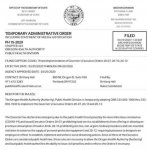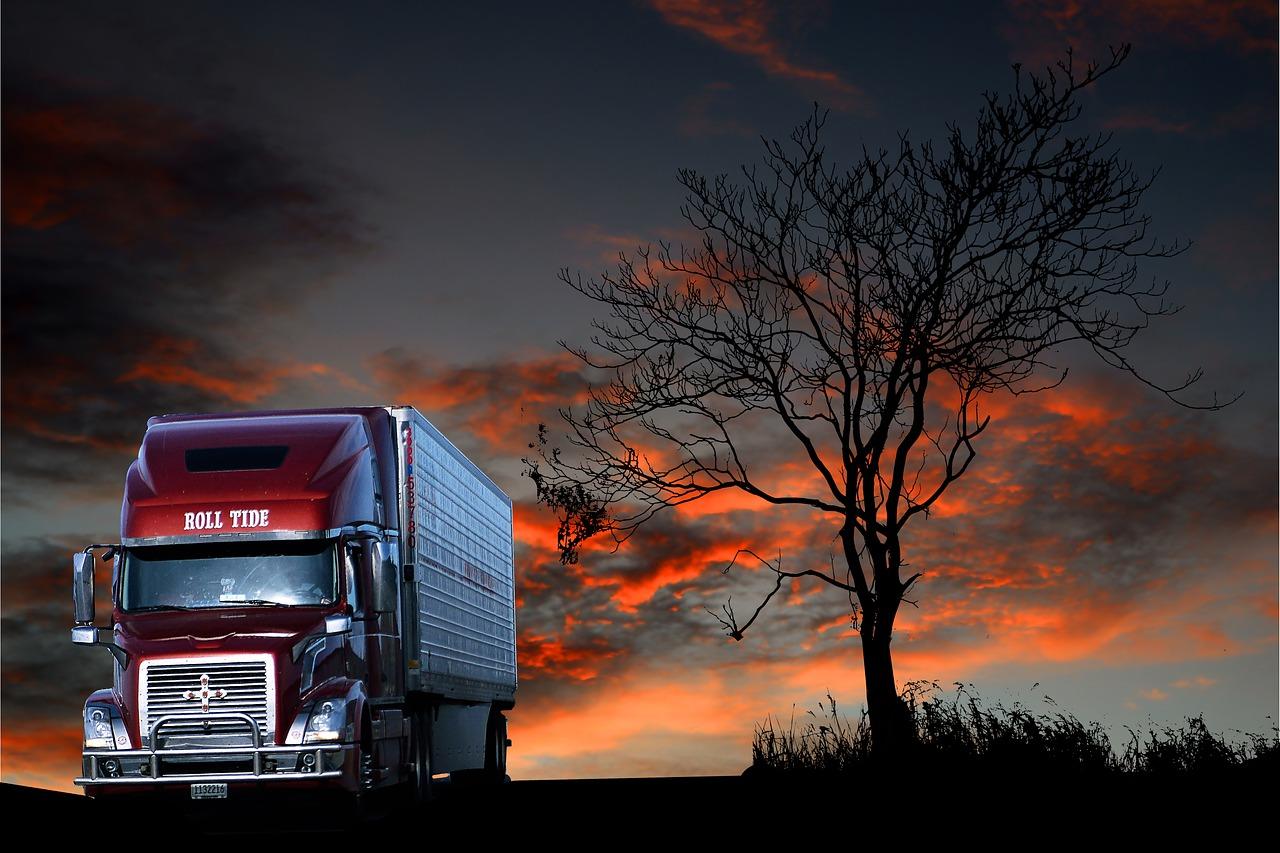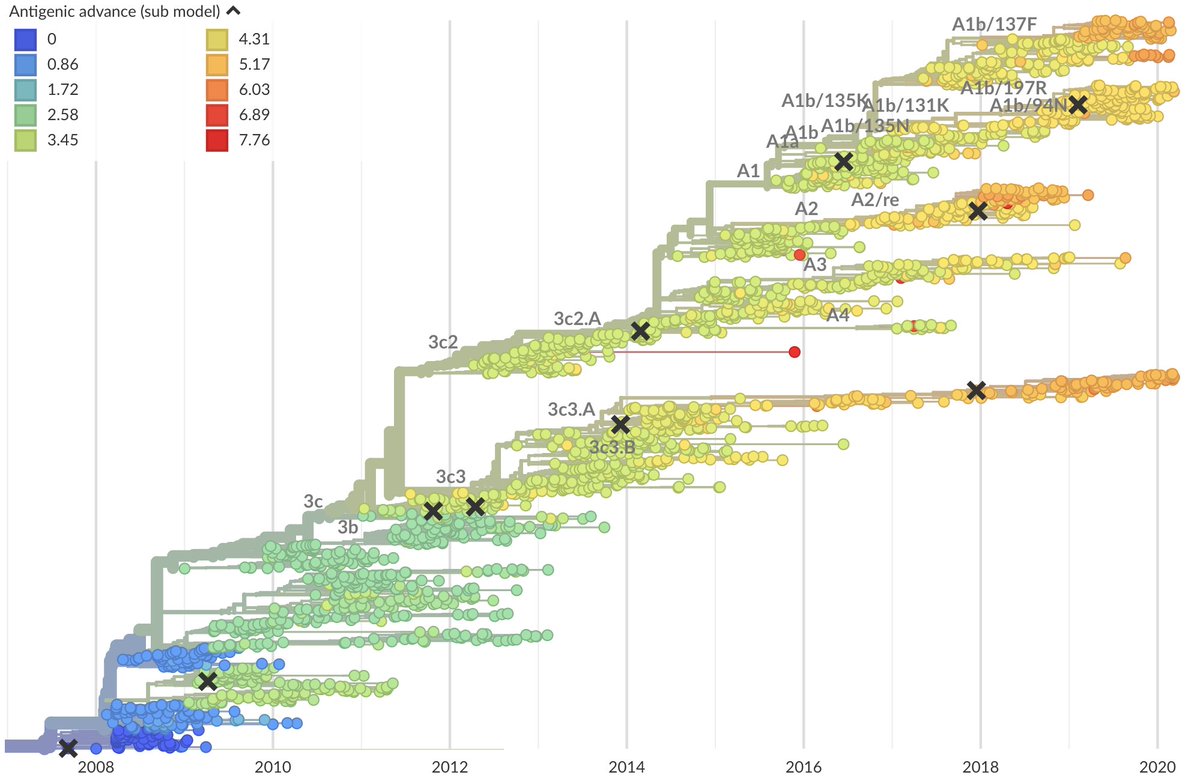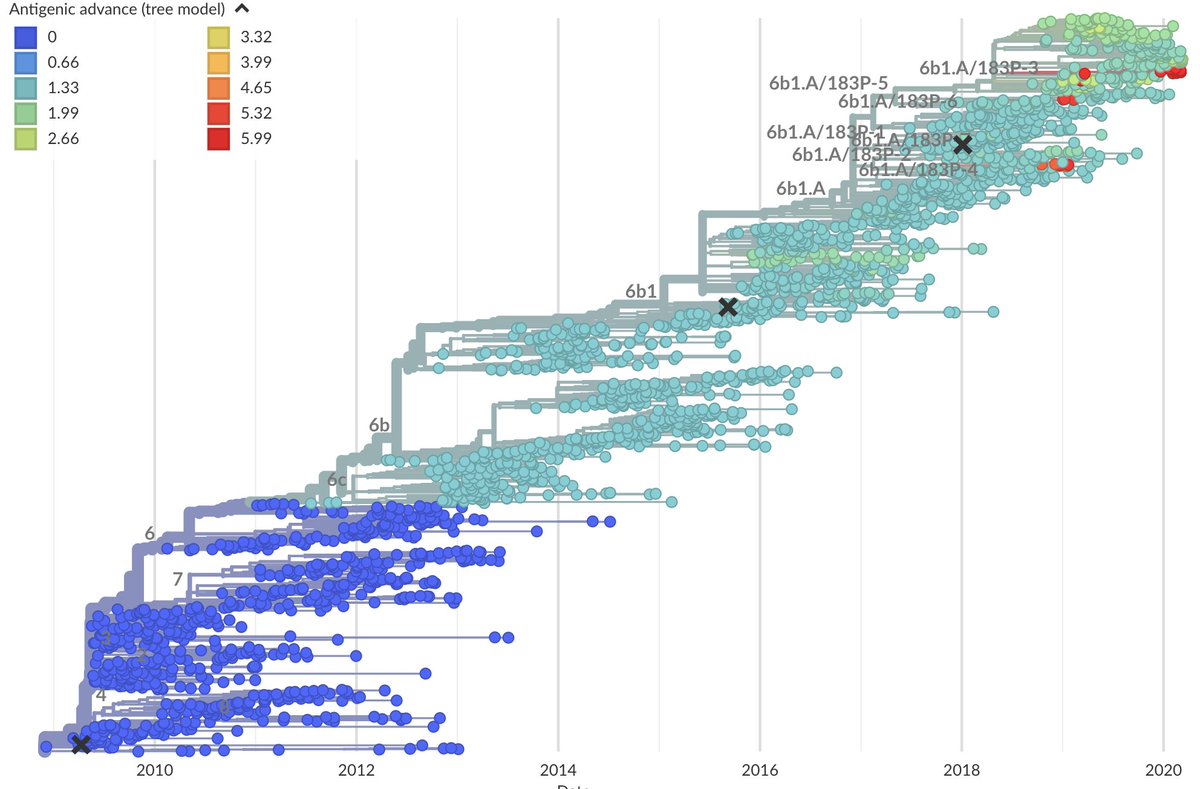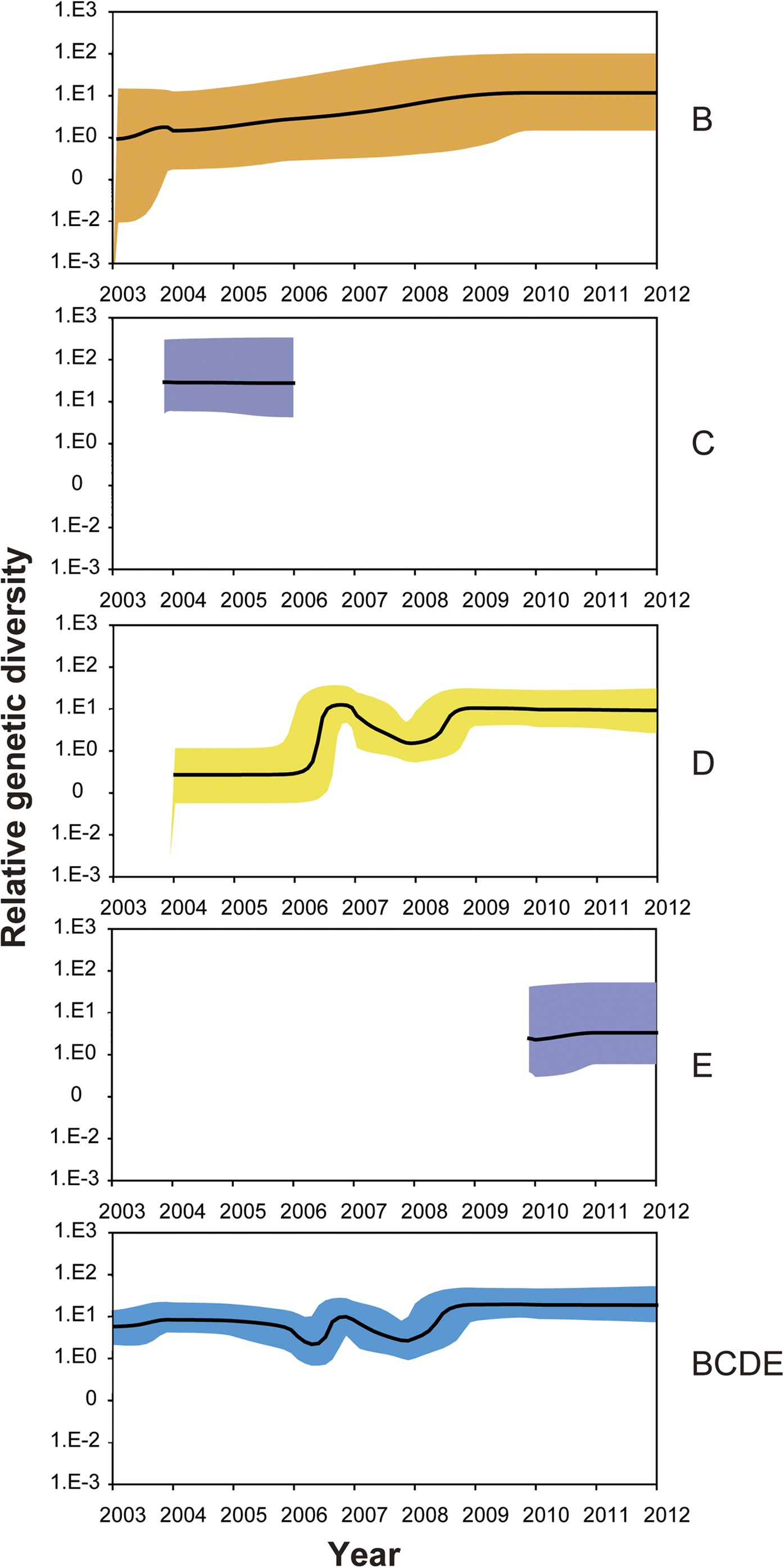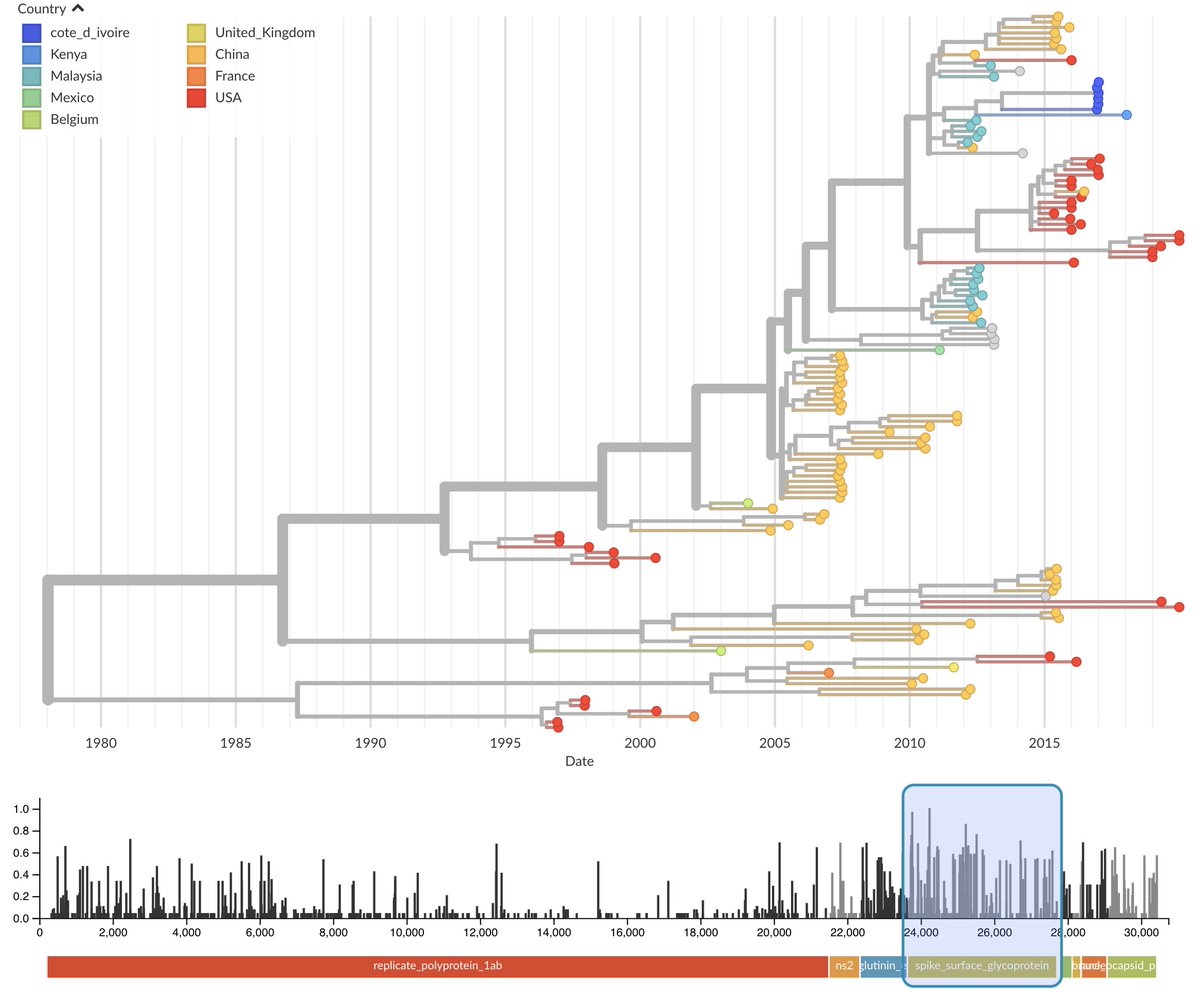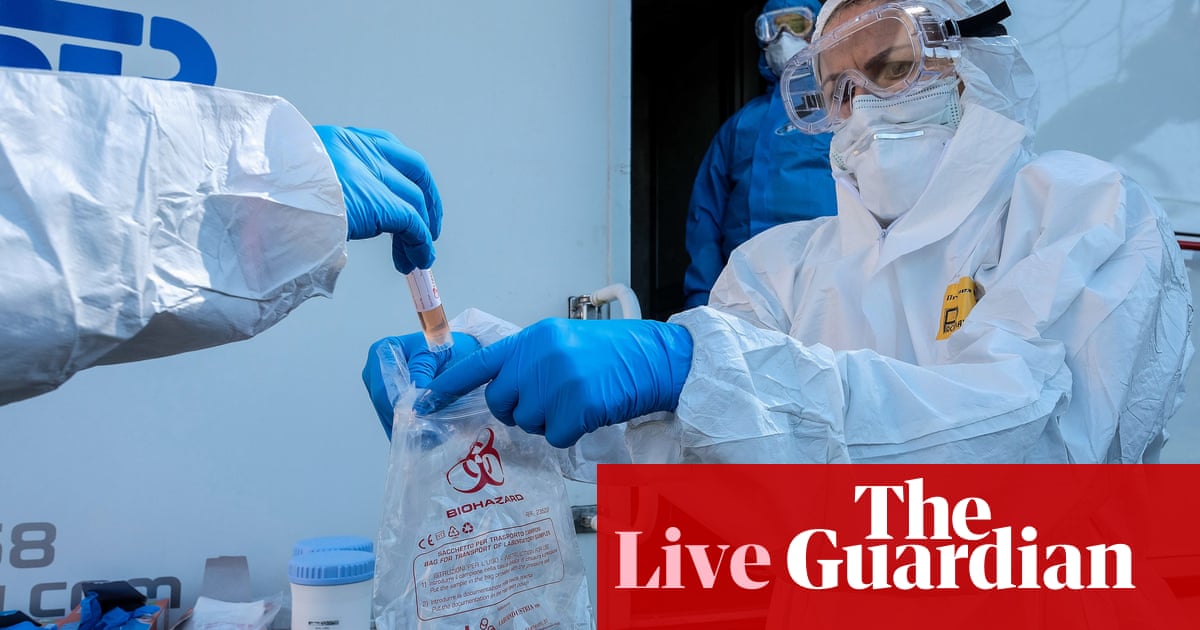Exclusive: Captain of aircraft carrier with growing coronavirus outbreak pleads for help from Navy
www.sfchronicle.com
Exclusive: Captain of aircraft carrier with growing coronavirus outbreak pleads for help from Navy.
Exclusive: Captain of aircraft carrier with growing coronavirus outbreak pleads for help from Navy
Mar 31, 2020, 06:00 AM
Local // Bay Area & State
The USS Theodore Roosevelt, currently docked in Guam, has more than 100 sailors infected with the coronavirus.
1of3The USS Theodore Roosevelt, currently docked in Guam, has more than 100 sailors infected with the coronavirus.Photo: Smith Collection / Gado / Getty Images 2018
The U.S. aircraft carrier Theodore Roosevelt is anchored off Manila Bay as it takes on top Philippine officials and businessmen for a cocktail reception Friday, April 13, 2018 west of Manila, Philippines. The aircraft carrier Theodore Roosevelt (CVN-71), and several escort ships sailed in the South China Sea in a display of America's naval might during the Chinese sea drills. It later visited Manila and hosted Philippine government and military officials and businessmen in a reception Friday night.
2of3The U.S. aircraft carrier Theodore Roosevelt is anchored off Manila Bay as it takes on top Philippine officials and businessmen for a cocktail reception Friday, April 13, 2018 west of Manila, Philippines. The aircraft carrier Theodore Roosevelt (CVN-71), and several escort ships sailed in the South China Sea in a display of America's naval Photo: Bullit Marquez / AP
Capt. Brett Crozier, a Santa Rosa native, wrote a letter to Navy brass Monday pleading for immediate assistance.
3of3Capt. Brett Crozier, a Santa Rosa native, wrote a letter to Navy brass Monday pleading for immediate assistance.Photo: Courtesy U.S. Navy
The captain of a nuclear aircraft carrier with more than 100 sailors infected with the coronavirus pleaded Monday with U.S. Navy officials for resources to allow isolation of his entire crew and avoid possible deaths in a situation he described as quickly deteriorating.
The unusual plea from Capt. Brett Crozier, a Santa Rosa native, came in a letter obtained exclusively by The Chronicle and confirmed by a senior officer on board the aircraft carrier Theodore Roosevelt, which has been docked in Guam following a COVID-19 outbreak among the crew of more than 4,000 less than a week ago.
“This will require a political solution but it is the right thing to do,” Crozier wrote. “We are not at war. Sailors do not need to die. If we do not act now, we are failing to properly take care of our most trusted asset — our Sailors.”
In the four-page letter to senior military officials, Crozier said only a small contingent of infected sailors have been off-boarded. Most of the crew remain aboard the ship, where following official guidelines for 14-day quarantines and social distancing is impossible.
“Due to a warship’s inherent limitations of space, we are not doing this,” Crozier wrote. “The spread of the disease is ongoing and accelerating.”
He asked for “compliant quarantine rooms” on shore in Guam for his entire crew “as soon as possible.”
“Removing the majority of personnel from a deployed U.S. nuclear aircraft carrier and isolating them for two weeks may seem like an extraordinary measure. ... This is a necessary risk,” Crozier wrote. “Keeping over 4,000 young men and women on board the TR is an unnecessary risk and breaks faith with those Sailors entrusted to our care.”
Reached late Monday, a Navy representative did not provide a response by deadline.
So far, none of the infected sailors has shown serious symptoms, but the number of those who have tested positive has jumped exponentially since the Navy reported infections in three crew members on March 24, the first time COVID-19 infections had been detected on a naval vessel at sea.
Senior military officials said last week that the entire crew of more than 4,000 will be tested. The carrier’s home port is San Diego.
At the time, Acting Navy Secretary Thomas Modly expressed confidence that they identified all the sailors who had been in contact with the trio of infected sailors and they had been quarantined.
“This is an example of how we are able to keep our ships deployed at seas and underway, even with active COVID-19 cases,” Modly said.

